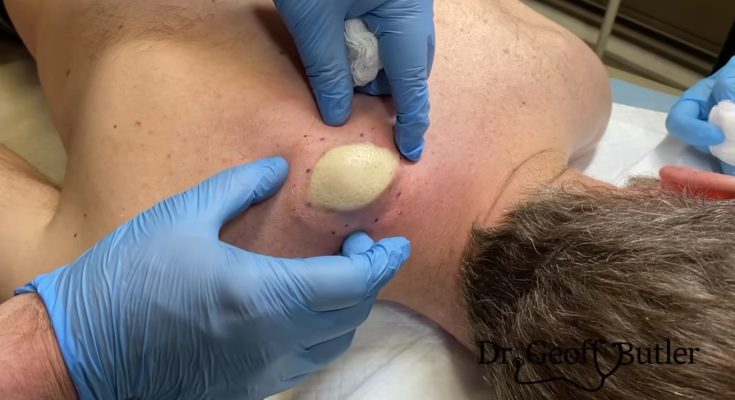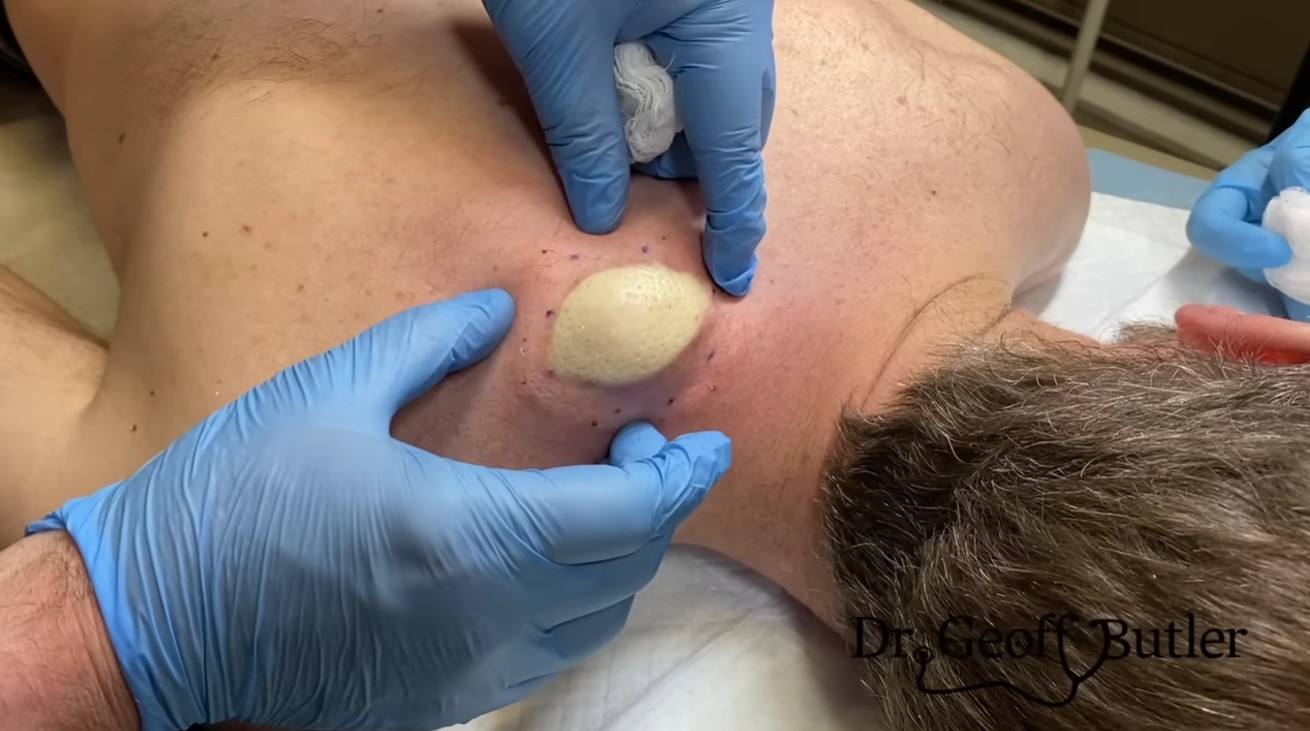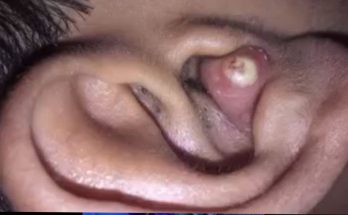How to Remove Whiteheads on Your Face Safely and Naturally
Whiteheads are a common type of acne that can appear on the face, particularly on the nose, chin, and cheeks. They form when dead skin cells, oil (sebum), and bacteria get trapped within hair follicles, creating small, white bumps under the skin’s surface. Unlike blackheads, whiteheads are closed pores, meaning the trapped material is not exposed to air and remains white or flesh-colored. While they can be stubborn, there are safe and effective ways to remove and prevent whiteheads without damaging your skin.
1. Cleanse Your Face Twice a Day
The first step to clear skin is consistent cleansing. Wash your face twice daily—morning and night—with a mild, non-comedogenic cleanser. Cleansing helps remove excess oil, dirt, and impurities that contribute to whitehead formation. Avoid harsh soaps or scrubbing too vigorously, as this can irritate the skin and increase oil production, making whiteheads worse.
2. Exfoliate Regularly to Unclog Pores
Exfoliation helps remove the dead skin cells that block pores and cause whiteheads. There are two types of exfoliants:
-
Physical exfoliants: scrubs or brushes that manually remove dead skin.
-
Chemical exfoliants: products containing acids such as alpha hydroxy acids (AHAs) or beta hydroxy acids (BHAs).
For whiteheads, salicylic acid (a BHA) is particularly effective because it penetrates deep into the pores to dissolve oil and debris. Exfoliate two to three times a week, depending on your skin’s sensitivity.
3. Use Steam to Open Pores
Steaming is a simple at-home method to soften and loosen trapped oil and impurities. Boil water, pour it into a bowl, and lean over it with a towel covering your head to trap the steam. Steam your face for about 5–10 minutes. This process opens your pores and prepares your skin for treatments or gentle extraction. Always cleanse your face before and after steaming to avoid trapping bacteria.
4. Try Gentle Extraction (Optional)
If a whitehead is close to the surface, you may remove it carefully after steaming. Use clean fingers wrapped in tissue or a sterile comedone extractor tool. Apply gentle pressure around the whitehead until it releases. Never squeeze hard or use fingernails—this can lead to irritation, infection, or scarring. If the whitehead doesn’t come out easily, leave it alone and try again another day.
5. Apply Targeted Treatments
Topical products containing benzoyl peroxide, retinoids, or tea tree oil can help reduce bacteria and prevent new whiteheads. Retinoids, in particular, speed up cell turnover, keeping pores clear and reducing buildup. Apply these treatments at night and always use sunscreen during the day, as retinoids can make your skin more sensitive to sunlight.
6. Maintain a Healthy Skincare Routine
Consistency is essential. Use lightweight, oil-free moisturizers and sunscreens labeled “non-comedogenic.” Avoid sleeping with makeup on, and change pillowcases regularly to reduce bacteria buildup. Keep your hair clean and away from your face to prevent excess oil transfer.
7. Consult a Dermatologist if Needed
If whiteheads are severe, painful, or persistent, seek help from a dermatologist. Professional treatments such as chemical peels, microdermabrasion, or topical prescriptions can effectively clear stubborn whiteheads and improve skin texture.
Whiteheads are manageable with gentle care, patience, and a consistent skincare routine. By cleansing, exfoliating, and treating your skin properly, you can achieve a clearer, smoother, and healthier-looking complexion.




